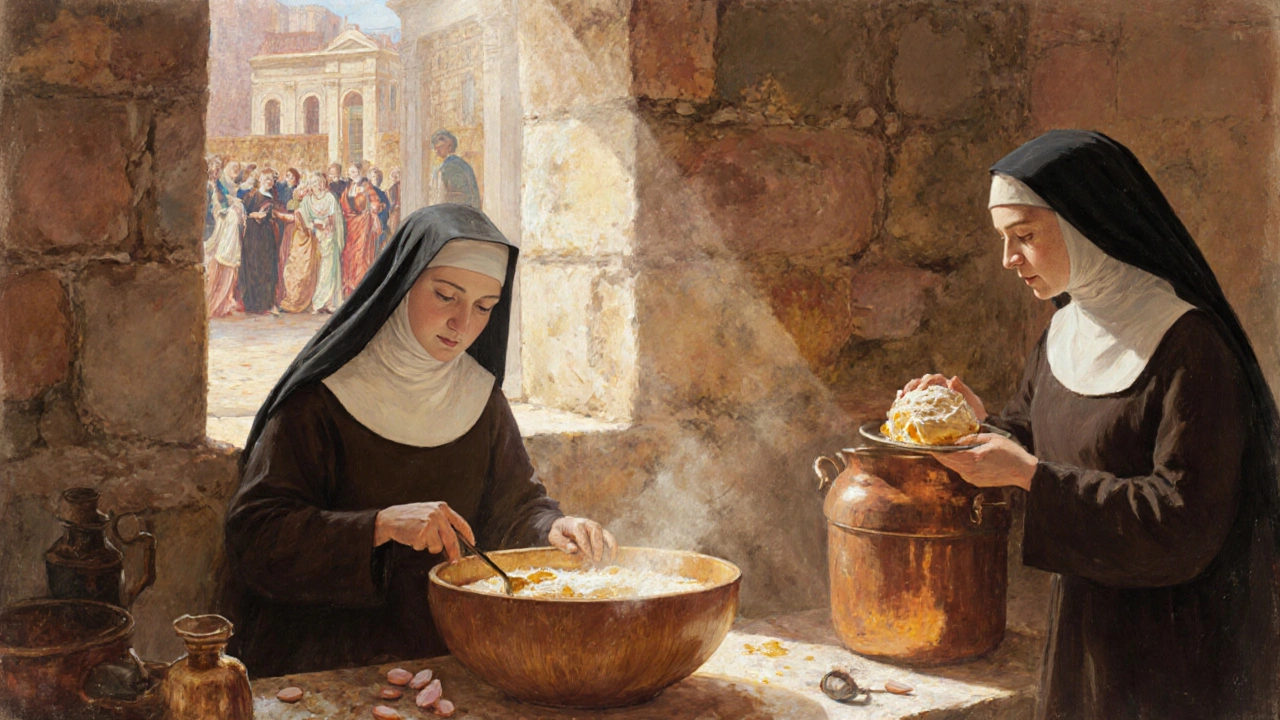Macaron Definition: What Exactly Is a Macaron?
When working with macaron, a delicate, meringue‑based sandwich cookie that hails from France. Also known as French almond cookie, it pairs two crisp shells with a soft, buttery interior. The classic recipe leans on two key ingredients: almond flour, finely milled sweet almonds that give the cookie its nutty flavor and tender crumb and meringue, a whipped egg‑white and sugar mixture that provides structure and lift. Together they create the signature smooth top, the “feet” that develop during baking, and a subtle snap when you bite in. In the world of French pastry, the macaron sits opposite richer, buttery creations like croissants, yet it shares the same emphasis on technique and quality ingredients.
Key Elements of a Perfect Macaron
Understanding the macaron definition means knowing the three stages that turn raw batter into a glossy, elegant treat. First, the macaronage – a gentle folding of the almond‑flour mixture into the meringue – must reach just the right consistency: too stiff and the shells stay pale and dense; too loose and they spread into a flat cookie. Second, the drying phase on the baking tray lets a skin form, which is crucial for those iconic smooth tops. Finally, the bake itself is a short, high‑heat burst that creates the prized “feet” without drying out the interior.
Beyond technique, flavor comes from the filling sandwiched between the shells. Traditional ganaches, fruit preserves, or buttercream are common, but modern bakers experiment with matcha, salted caramel, or even savory herb spreads. Each filling adds moisture, so bakers often adjust the shell thickness to keep the balance. The choice of coloring, too, isn’t just for show – natural pigments from beetroot, spirulina, or cocoa can subtly affect taste.
Historically, the macaron’s story starts in the Italian courts of the 16th century, where powdered almond and egg whites were mixed into a simple meringue. Catherine de Medici is often credited with bringing the recipe to France when she married King Henry II. Over centuries, Parisian pâtisseries refined the technique, turning the macaron into the sleek, sandwich‑style cookie we recognize today. Modern boutique bakeries have taken that legacy further, offering mini‑macarons as bite‑size art pieces, each showcasing a distinct flavor pair.
Whether you’re a beginner who’s just cracking eggs or a seasoned baker tweaking ratios for a new flavor, the core of the macaron definition stays the same: it’s a balance of texture, flavor, and visual appeal. Below you’ll find articles that dive into the history, cost of building a macaron tower, serving sizes, and step‑by‑step guides. Use this overview to pick the right recipe, understand where each ingredient fits, and avoid common pitfalls before you start mixing, piping, and baking your own batch of these iconic cookies.

